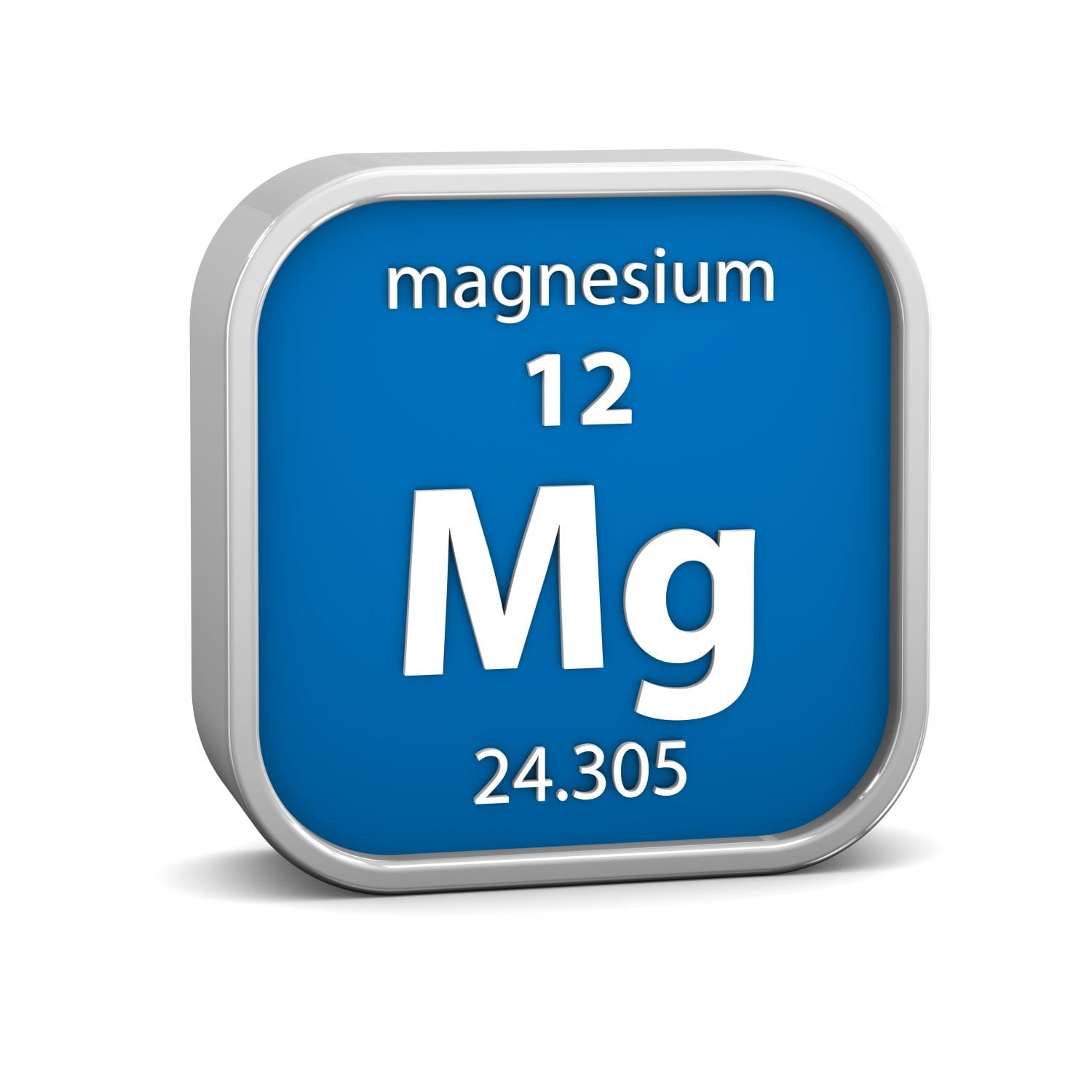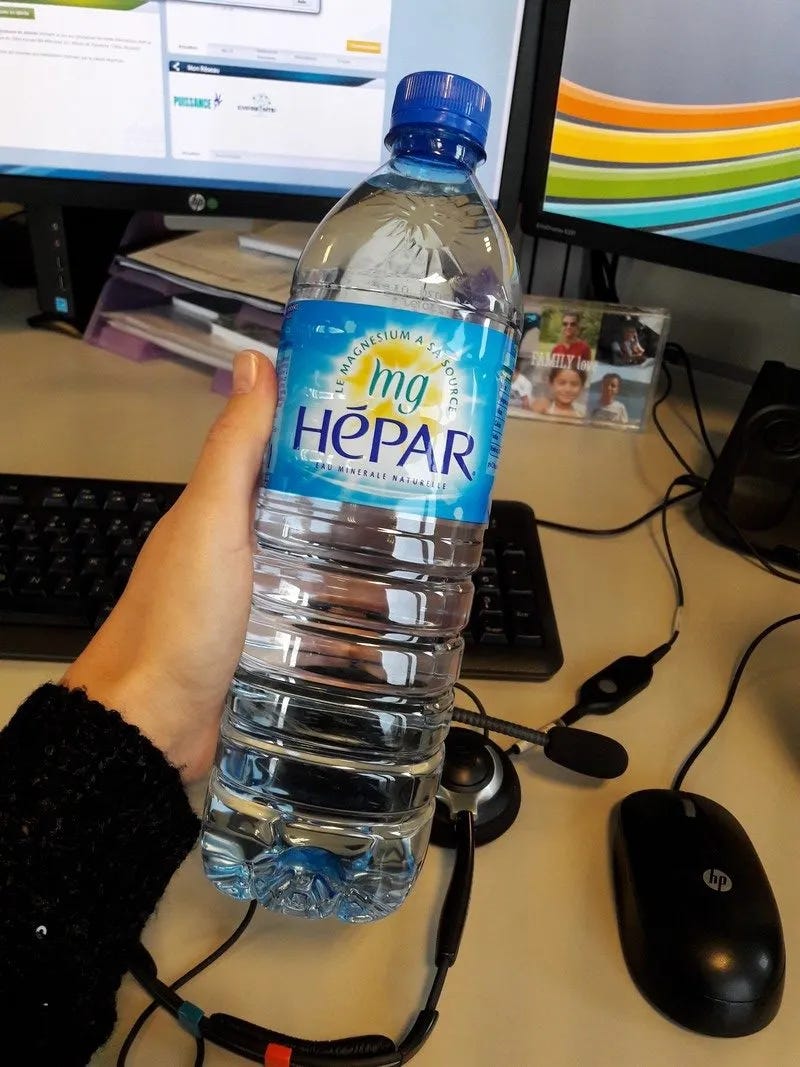
Chronic constipation has an estimated prevalence rate of 14% and tends to be twice as more frequent amongst females than males.1 Constipation can be characterized by less than 3 defecations per week, recurrent abdominal pain for a minimum of 3 days per month within a 12-week period, straining while defecating, incomplete evacuation, and lumpy/hard stools.2 Left unmitigated, chronic constipation affects relationships, creates psychological burdens, lowers physical productivity, and decreases the individual’s quality of life.3 Thus, implementation of expedient and simple interventions to relieve said condition is paramount, to include the use of magnesium. As such, the following will explore magnesium in the form of mineral water and its utility in relieving constipation.

As indicated by Dupont et al,1(167) first-line recommendations to treat constipation includes increased fiber (up to 40 grams/day) and adequate hydration. If symptoms do not subside, additional measures, to include magnesium supplementation, might be warranted. Magnesium is a micronutrient that is the second most abundant electrolyte after potassium, and is involved in an excess of 300 biochemical reactions in the body to include balancing fluids, pH, transportation of nutrients/metabolites within the cell, and nerve conduction.4 Thus, maintaining appropriate concentrations of magnesium within the body is paramount, to include maintenance of digestion and gut motility.

Magnesium, and sulfate, are substances shown to increase both the frequency and weight of stools and have been used in France for the same since 1930.5 Such a combination of substances were found naturally in a local spring within the region and was found to improve digestion/motility.5(1280)Eventually, the mineral water was marketed by 1919 as Hepar to help individuals with motility issues. As a means of determining the efficacy of said mineral water, Dupont et al5(1281) explored Hepar and its effects amongst women with chronic idiopathic constipation. Furthermore, the researchers selected two different dosages (0.5 L/day and 1 L/day) and monitored gut motility outcomes at the end of week 1, 2, 3, and 4.5(1281)
The study was structured as a comparative, randomized, double-blind, placebo-controlled experiment whereby inclusion criteria incorporated: 244 healthy females (18-60 years of age), a diagnosis of constipation for 3 months, no laxative use for 3 days before the study began, regular consumption of vegetables/fruits, engagement in physical activity 2-3 days/week, consumption of 1.5-2.0 L of water/day.5(1281) Furthermore, a self-evaluation booklet was provided to the participants to procure the following information: the number and type of stools, presence of abdominal pain, treatment interruptions, the use of rescue medication, serious adverse events, and the volume of study water intake. Finally, participants were randomly assigned to a control group (77 females) and the Hepar/experimental group (82 females).
Results indicated that as early as the end of week 2, the consumption of 1 L of Hepar/day reduced functional constipation.5(1284) Furthermore, said effect was maintained over the 4-week study, and was more pronounced amongst individuals with more severe constipation/abdominal pain. Success of reducing constipation was defined by participants reporting changes in at least two of the criteria characterizing constipation: 4 or more stools per week, or improvement by 2 or more stools per week, and less than 25% lumpy or hard stools.5(1285) Such criteria were chosen as they indicated overall improvements in gut motility. Finally, the use of Hepar was considered safe because no adverse events were noted. Such results indicate promise in using a natural mineral water as a first line treatment for constipation.

In conclusion, chronic constipation has an estimated prevalence rate of 14% and tends to be twice as more frequent amongst females than males. Left unmitigated, constipation can affect relationships, create psychological burdens, lower physical productivity, and decrease quality of life. However, increasing fiber intake and increasing water consumption have been shown to improve bowel movements and transit time. If such measures do not elicit desirable changes in motility, the use of natural mineral waters rich in magnesium could be used as an adjunct to increased fiber and hydration. As an aggregate, such an approach is likely to support gut transit time, and overall quality of life.
References
1. Dupont C, Constant F, Imbert A, et al. Time to treatment response of a magnesium and sulphate-rich natural mineral water in functional constipation. Nutr. 2019;65:167-172. doi: https://doi.org/10.1016/j.nut.2019.02.018.
2. Bahrudin, MF, Rani RA, Tamil AM, et al. Effectiveness of sterilized drink containing lactobacillus helveticus comparable to probiotic alone in patients with constipation-predominant irritable bowel syndrome. Dig Dis Sci. 2019. doi:https://doi-org.libproxy.bridgeport.edu/10.1007/s10620-019-05695-3
3. Zeng Y, Liu Y, Liu Z. Initial effects of electroacupuncture for chronic severe functional constipation and the potential underlying factors: Secondary analysis of a randomized controlled trial. Evid Based Complement Alternat Med. 2019. doi:https://doi.org/10.1155/2019/7457219.
4. Gropper SS, Smith JL, Carr, TP. Advanced nutrition and human metabolism. 7 th ed. Boston, MA: Cengage Learning; 2018.
5. Dupont C, Campagne A, Constant F. Efficacy and safety of magnesium sulfate-rich natural mineral water for patients with functional constipation. Clin Gastroenterol Hepatol. 014;12:1280–128. doi:https://doi.org/10.1016/j.cgh.2013.12.005.
-Michael McIsaac
